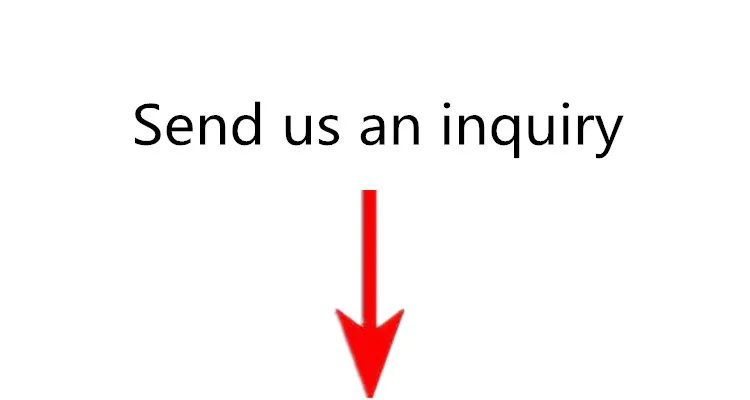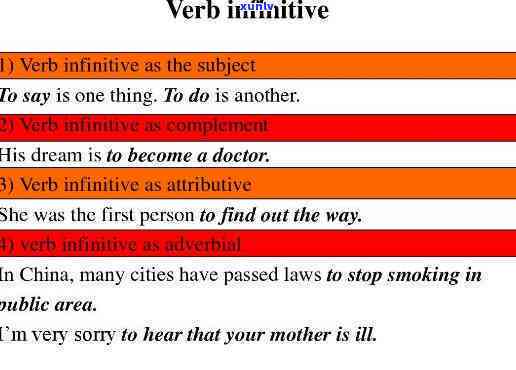Understanding the Key Differences Between Federal Subsidized Loan vs Unsubsidized Loan: Which One is Right for You?
#### IntroductionWhen it comes to financing your education, understanding the various types of loans available is crucial. Among the most common options are……
#### Introduction
When it comes to financing your education, understanding the various types of loans available is crucial. Among the most common options are the **federal subsidized loan** and the **unsubsidized loan**. Both serve to help students cover the costs of their education, but they come with significant differences that can impact your financial future. In this article, we will explore the key distinctions between **federal subsidized loan vs unsubsidized loan**, helping you make an informed decision about which loan might be best suited for your needs.
#### What is a Federal Subsidized Loan?
A **federal subsidized loan** is a type of financial aid offered to undergraduate students who demonstrate financial need. The government pays the interest on this loan while you are in school at least half-time, during the grace period, and during any deferment periods. This means that the amount you owe does not increase while you are still in school, making it a more affordable option for many students.
#### What is an Unsubsidized Loan?

On the other hand, an **unsubsidized loan** is available to both undergraduate and graduate students, regardless of their financial need. Unlike the subsidized loan, the borrower is responsible for paying the interest on the loan from the moment it is disbursed. This means that if you choose not to pay the interest while you are in school, it will accumulate and be added to the principal amount when you enter repayment, potentially increasing your overall debt.
#### Key Differences Between Federal Subsidized Loan vs Unsubsidized Loan
1. **Interest Payments**: The most significant difference between the two types of loans is who pays the interest. With a **federal subsidized loan**, the government covers the interest while you’re in school, whereas with an **unsubsidized loan**, you are responsible for all interest payments from the start.
2. **Financial Need**: Eligibility for a **federal subsidized loan** is based on financial need, which is determined through the Free Application for Federal Student Aid (FAFSA). In contrast, **unsubsidized loans** do not consider financial need, making them accessible to a broader range of students.

3. **Loan Limits**: The amount you can borrow may differ between the two loans. Generally, **federal subsidized loans** have lower borrowing limits compared to **unsubsidized loans**, which can provide more funding to students who do not qualify for need-based assistance.
4. **Repayment Options**: Both types of loans offer similar repayment plans, but the financial implications can vary significantly due to the interest differences. Students with **federal subsidized loans** may find it easier to manage their debt since they do not accrue interest while in school.
5. **Eligibility for Graduate Students**: It’s important to note that **federal subsidized loans** are only available to undergraduate students, while **unsubsidized loans** can be taken out by both undergraduate and graduate students, providing more flexibility for those pursuing advanced degrees.
#### Conclusion

Choosing between a **federal subsidized loan vs unsubsidized loan** is an important decision that can affect your financial future. Understanding the differences between these two types of loans will help you make an informed choice that aligns with your financial situation and educational goals. If you qualify for a **federal subsidized loan**, it is often the more advantageous option due to the government covering interest while you are in school. However, if you do not meet the criteria for subsidized loans, **unsubsidized loans** remain a viable option to help finance your education. Always consider your long-term financial plans and consult with a financial advisor or your school’s financial aid office to explore the best options available to you.